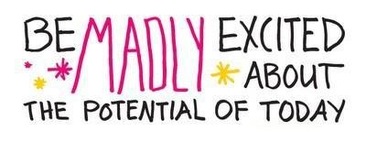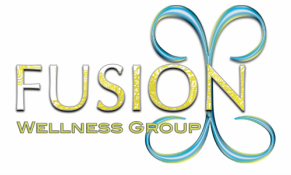Rhythmic Movement Training

Rhythmic Movement Training (RMT) explores the role of babies’ natural developmental movements during various stages of development:
These movements are crucial for laying down the foundations of neural network pathway growth and myelination in the brain. They are also important for establishing head control, muscle tone and posture, the basis of our ability to move through life with ease and choice.
RMT works with integrating the retained, or underdeveloped, infant reflexes (also called primitive reflexes or neo-natal reflexes) that are involved in learning challenges such as ADD/ADHD, dyslexia, dyspraxia, writing problems, focussing and comprehension challenges, co-ordination difficulties and Asperger’s Syndrome. It has also been successful in working with people with anxiety, panic, emotional imbalances, behavioural problems, schizophrenia, Parkinson’s, psychosis, PTSD and general overwhelm.
RMT is based on the work of Kerstin Linde, a Swedish movement training specialist, who developed movements based on her observations of how infants are meant to move. Dr Harald Blomberg, a Swedish psychiatrist, met Kerstin in the mid-1980s and started to use the movements with his patients and found that they had profound effects. He also met Peter Blythe of INPP in Chester UK at about the same time and started to investigate the role of retained primitive reflexes in learning challenges. Moira Dempsey, an Australian Educational and Developmental kinesiologist became interested in the role of retained reflexes in learning and behavioural challenges in the mid 1990’s. She met Dr Blomberg in 2003 and started using the movements with herself and her clients and noticed remarkable results. In 2011 Harald and Moira released the RMT book Movements that Heal.
Rhythmic Movement Training is an integral part of Fusion Wellness Group's programs and has shown many positive and life changing results in our clients.
Information is directly from www.rhythmicmovement.com.
- Before birth
- The first six months after birth
- As they get up on their hands and knees
- As they learn to walk
These movements are crucial for laying down the foundations of neural network pathway growth and myelination in the brain. They are also important for establishing head control, muscle tone and posture, the basis of our ability to move through life with ease and choice.
RMT works with integrating the retained, or underdeveloped, infant reflexes (also called primitive reflexes or neo-natal reflexes) that are involved in learning challenges such as ADD/ADHD, dyslexia, dyspraxia, writing problems, focussing and comprehension challenges, co-ordination difficulties and Asperger’s Syndrome. It has also been successful in working with people with anxiety, panic, emotional imbalances, behavioural problems, schizophrenia, Parkinson’s, psychosis, PTSD and general overwhelm.
RMT is based on the work of Kerstin Linde, a Swedish movement training specialist, who developed movements based on her observations of how infants are meant to move. Dr Harald Blomberg, a Swedish psychiatrist, met Kerstin in the mid-1980s and started to use the movements with his patients and found that they had profound effects. He also met Peter Blythe of INPP in Chester UK at about the same time and started to investigate the role of retained primitive reflexes in learning challenges. Moira Dempsey, an Australian Educational and Developmental kinesiologist became interested in the role of retained reflexes in learning and behavioural challenges in the mid 1990’s. She met Dr Blomberg in 2003 and started using the movements with herself and her clients and noticed remarkable results. In 2011 Harald and Moira released the RMT book Movements that Heal.
Rhythmic Movement Training is an integral part of Fusion Wellness Group's programs and has shown many positive and life changing results in our clients.
Information is directly from www.rhythmicmovement.com.
